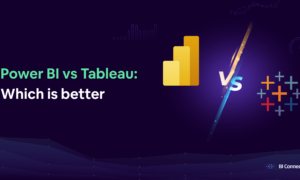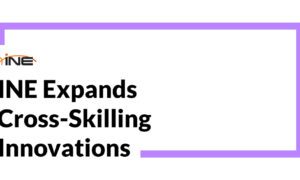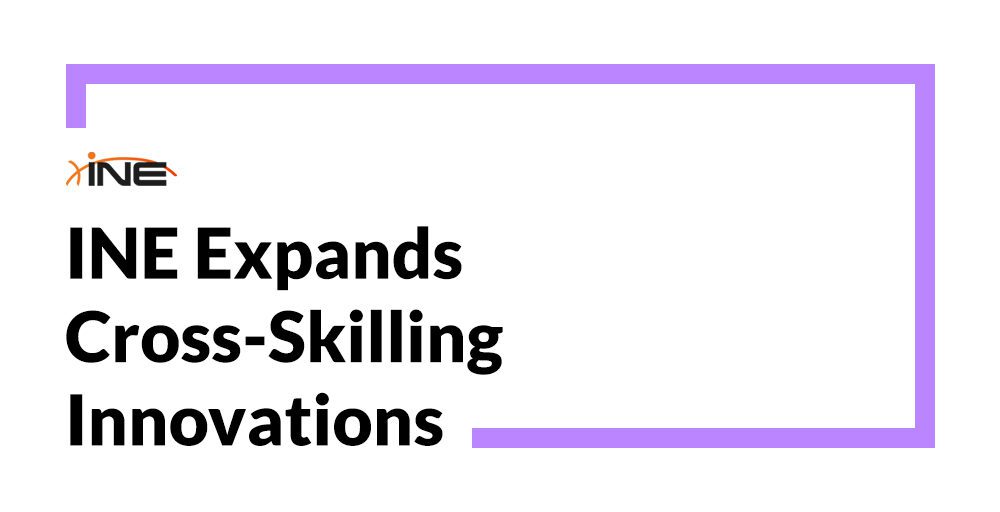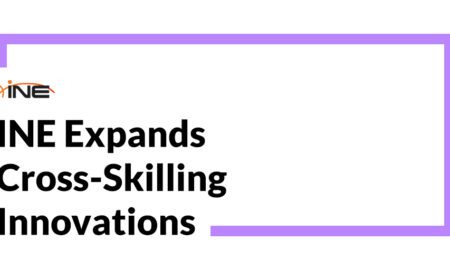Tech leader Abhishek Raj shares methodology for building production-grade AI applications through structured prompt management and workflow orchestration
The harsh reality of AI implementation continues to plague enterprise technology leaders. According to a 2025 analysis from S&P Global Market Intelligence, the share of companies abandoning most of their AI initiatives jumped to 42%, up from 17% the previous year. Furthermore, the average organization scrapped 46% of AI proof-of-concepts before they ever reached production. The reasons are depressingly familiar: runaway costs, data privacy gaps, and brittle systems that collapse under real-world loads.
Abhishek Raj, who spent over a decade architecting scalable systems at Meta, Apple, and JioSaavn, with CTO leadership at One Stop for Writers, the market-leading creative-writing platform, has developed a systematic approach to building production-grade AI applications. His experience spans distributed systems, big data, AI infrastructure, and large-scale product engineering. Through hands-on involvement in AI-driven projects, he has gained practical insight into moving AI from concept to reality while navigating integration, deployment, and scale challenges in real-world environments.
Breaking the Monolithic Prompt Trap
Many AI projects rely on sprawling, single prompts for complex tasks. Raj’s approach applies microservices architecture principles to prompt design: decomposition into atomic, single-responsibility components.
“Instead of creating a single, lengthy prompt for a complex task, we divide each requirement into smaller, more focused segments.” Raj clarifies. “Every micro-task receives its own prompt, designed to execute one simple function effectively.”
His methodology splits complex workflows into modular prompts – one dedicated to extracting specific fields from text, another focused on transforming data into required formats. A single-responsibility prompt strategy enhances system reliability and simplifies debugging.
This architecture completely separates prompts from the codebase. With prompt management platforms, teams can manage, version, and assess prompts as data artifacts, eliminating the need for hardcoded strings.
“Treating prompts as data rather than hard-coded strings means product managers can adjust behavior without touching the code” Raj notes. “At scale, prompt engineering must be decoupled from software engineering.”
Visual Orchestration Through Workflow Builders
With modular prompts established, the next challenge involves stitching them together into coherent workflows. Rather than writing custom orchestration code, Raj advocates for LLM agnostic visual workflow builders.
“Workflow Builders allow you to connect prompts and logic in a flowchart-like interface,” he explains. “This choice was motivated by a desire for clarity and maintainability, even non-engineers or low-code practitioners can understand and adjust a visual workflow.”
Workflow orchestration tools provide an intuitive drag-and-drop interface for designing prompt workflows. Each node represents an action: taking user input, calling an LLM with a specific prompt, performing conditional checks, or executing code.
“Non-technical team members like product managers or domain experts can literally configure how the AI responds in various scenarios by tweaking these nodes and their prompts, without writing new code,” Raj says. “The AI landscape moves fast and you need an architecture that lets you iterate at the same lightning speed.”
The visual nature of workflows serves as documentation. When stakeholders ask how AI-driven processes work, teams can open the workflow canvas and walk through each step.
The Governance Layer: Backend Integration and Safeguards
While it might be tempting to expose your AI orchestration directly to the end user, Raj notes the importance of having a thin backend layer for security and governance. The backend’s role involves invoking the workflow, validating LLM outputs, enforcing rate limits, and shielding the system from abuse – key steps to shipping a production ready AI application.
The backend assembles context and inputs: the conversation history, alongside any additional context, or files, then calls the workflow through its API. The orchestration executes the configured workflow and must return structured results.
“We treat model responses as governed artefacts using data model contracts that specify the expected schema and parse LLM responses against them” Raj notes. “If an output doesn’t conform to the schema, we catch it immediately.”
One guiding principle involves never fully trusting AI output or exposing raw AI interactions directly to end-users. The backend always vets and post-processes results before delivery. When a response violates the contract, the system repairs the payload where possible, retries with backoff, or routes to a safe fallback.
“Users only receive the final, polished answer from the backend, which might be formatted or adjusted for clarity,” says Raj. “By doing this, we ensure nothing unpredictable or hallucinated leaks out from the LLM’s internal reasoning steps.”
The backend implements strong rate limiting to control AI operation frequency. Rather than simple request counting, the system rate limits based on estimated LLM cost per user, using metrics from the observability layer about token usage and model pricing.
Testing AI with Engineering Rigor
Raj treats prompts and workflows with the same rigor as the backend infrastructure. For individual prompts, teams use promptfoo to conduct automated testing.
“Instead of manually trial-and-error testing a prompt in the OpenAI playground, we write automated tests that supply example inputs to a prompt and assert that the output meets certain criteria,” he explains.
Prompt modifications can lead to regressions, which these tests are designed to catch. Therefore, teams integrate prompt tests into CI/CD pipelines, treating them with the same importance as regular software tests.
Beyond individual prompts, teams test end-to-end LLM workflows in staging environments. Staged backends send simulated user requests to staging workflow versions, verifying complete pipeline behavior.
“Keep humans in the loop early,” Raj notes. “Sample production outputs, review them, and use that feedback to refine prompts and flows.”
Teams use recorded real user inputs with anonymized sensitive data as test cases, feeding edge-case queries to staging workflows during testing to prevent functionality regressions and a strong test coverage.
Unified Observability: Tracing Every Component
Comprehensive observability is central to Raj’s methodology. Teams instrument backend APIs, workflow engines, token usage and individual prompts to emit unified traces.
“We configured the workflow orchestration to send trace data to our observability systems for every workflow run,” he explains. “This includes details like which workflow and version was run, timestamps for each node, the model used, token counts, and any errors.”
Backend systems use open telemetry SDKs to annotate request receipt and response delivery. The backend events are linked with events in the workflow orchestration using a consistent trace ID, creating a unified timeline view from initial API calls through final user responses.
“LLM architecture can be modular but observability must be unified. If a user reports issues, we can pull up the trace for that interaction and see exactly where time was spent or where things went wrong,” says Raj.
Many AI observability platforms provide aggregated analytics including average response time per workflow, daily token usage, and success/error rates. Teams track metrics on token usage and cost for capacity planning, enhancing the rate-limiting logic and optimising end user latencies.
Key Principles for Production AI
Raj’s methodology centers on several core principles:
1) Modular prompt design. Breaks complex tasks into isolated, single-purpose prompts for easier debugging and maintenance.
2) Externalized prompt management. Treats prompts as versioned data artifacts rather than hardcoded strings, enabling safe iteration without code changes.
3) Visual workflow orchestration. Makes AI logic transparent and accessible to non-technical team members while maintaining engineering rigor.
4) Governance Layer. Validates all AI inputs and outputs through schema enforcement, retry logic, rate-limits and post-processing before user delivery.
5) Comprehensive testing. Applies software engineering practices to AI components through automated prompt testing and end-to-end workflow validation.
6) Unified observability. Instruments every system component to provide complete visibility into AI application behavior and performance.
By systematically applying engineering discipline to AI development, organizations can build reliable AI production systems, moving beyond experimental approaches.
The Production AI Reality
The gap between AI experimentation and production deployment continues to challenge enterprise technology teams. While 42% of companies abandon their AI initiatives, those that succeed often share common architectural patterns: modular design, rigorous testing, and comprehensive observability.
Organizations implementing these engineering practices report more stable AI applications and faster iteration cycles. In Raj’s experience, organizations that apply rigorous testing and observability practices to their AI components find it easier to move from prototypes to stable production systems.
As AI applications mature from experimental tools to business-critical infrastructure, the engineering principles that govern traditional software development prove equally relevant for intelligent systems.



































